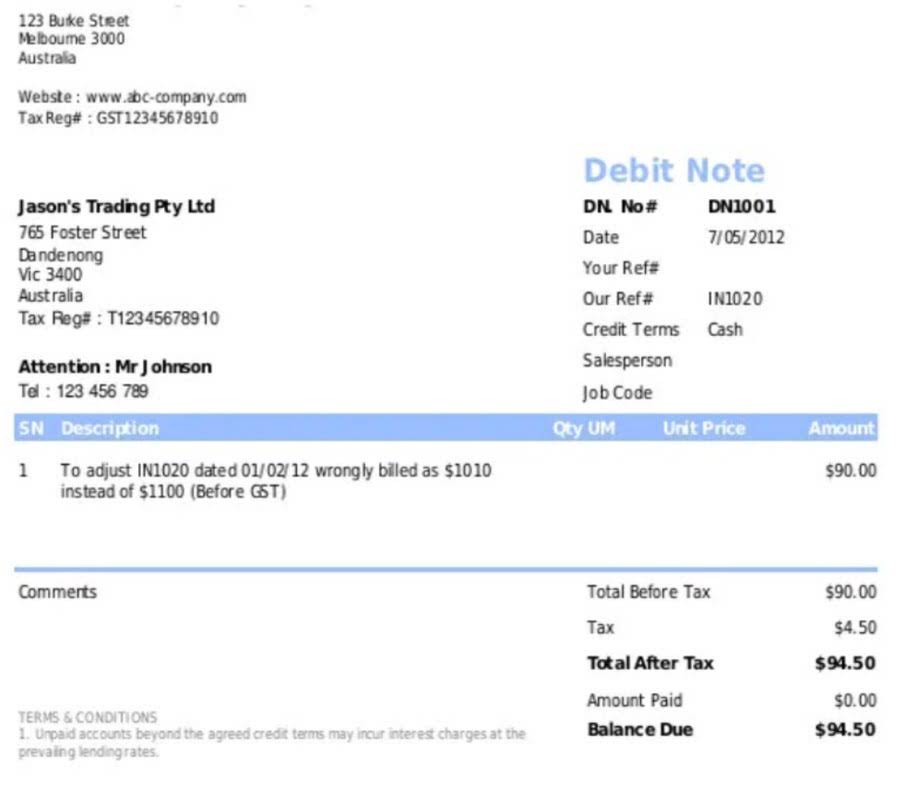Currently Empty: ₹0.00

The design company states that it can complete the new website for $70,000. The terms require a payment of $30,000 at the time the contract is signed and $40,000 at the end of the project, which is estimated to take 60 days. The company agrees to begin working on the project 10 days after the $30,000 is received. Managing accrual based accounting and deferred revenue can get complicated, whether your business is small or dealing with a large volume of transactions.
What is deferred rent?
Deferred rent is one of the most commonly discussed items regarding the differences between ASC 840 and ASC 842. This article discusses the lease accounting treatment for deferred rent and how the changes in the lease guidance impacted its treatment. Deferred revenue is classified as deferred revenue normal balance a liability based on specific criteria outlined in International Financial Reporting Standards (IFRS) and Generally Accepted Accounting Principles (GAAP).
Is deferred revenue a debit or credit in accounting?
It is a prepayment by customers, and a company recognizes it as a liability on the balance sheet until it delivers the goods or services, when the revenue is recorded. Businesses record deferred and recognized revenue because the principles of revenue recognition require them to do it. Accrual accounting classifies deferred revenue as a reverse prepaid expense (liability) since a business owes either the cash received or the service or product ordered. And so, unearned revenue should not be included as income yet; rather, it is recorded as a liability. This liability represents an obligation of the company to render services or deliver goods in the future.

Subscription-Based Services
Deferred revenue is classified as a liability, in part, to make sure your financial records don’t overstate the value of normal balance your business. A SaaS (software as a service) business that collects an annual subscription fee up front hasn’t done the hard work of retaining that business all year round. Classifying that upfront subscription revenue as “deferred” helps keep businesses honest about how much they’re really worth. The remaining $150 sits on the balance sheet as deferred revenue until the software upgrades are fully delivered to the customer by the company. GAAP, deferred revenue is treated as a liability on the balance sheet, since the revenue recognition requirements are incomplete. On August 1, Cloud Storage Co received a $1,200 payment for a one-year contract from a new client.
If you are using accrual-based accounting, revenue is only recognized when it is earned. This means that deferred revenue is a liability account showing your obligation to your customer. When your company delivers the goods or services, the journal entry becomes https://www.frln.de/transparency-transparency-in-finance-the-clear/ real revenue. This follows the revenue recognition principle under accrual accounting, which states that revenue should be recognized when it is earned, not when cash is received. For example, if your business sells a 12-month subscription and receives full payment at the start, only a portion of the payment is recognized as revenue each month.
- Deferred revenue, also known as unearned revenue or unearned income, refers to the prepayment a company receives for goods or services that have not yet been delivered.
- In our purposes, if deferred revenue is a liability, and we’re adding to that account, that’s a credit to deferred revenue.
- Once the service is delivered, the company can reduce the deferred revenue liability and record the amount as revenue on its income statement.
- That would imply that the company has paid the customer, which means that the amount would be a receivable, as a negative liability is an asset.
- Since the revenue is now considered to be “earned” per accrual accounting guidelines, the income statement will recognize the value of the customer payments as revenue.
They need to methodically record payments as they enter the scene, earmarking them as liabilities, signifying a promise to the customer that they are yet to fulfill. Deferred income should be recognized when the Company has received payment in advance for a product/service to be delivered in the future. Such payments are not realized as revenue and do not affect the net profit or loss.

The Accounting Pyramid: Navigating Financial Advisory Services

As they serve up the product or dish out the service, they carve out portions of this reserve and shuffle it over to the income statement. This is the revenue’s grand entrance, and it’s orchestrated to match the exact slice of value they’ve provided, not a minute before. However, if the deferred income is not expected to be realized as actual revenue, it can be reported as a long-term liability. Each of these examples illustrates how businesses manage and recognize deferred revenue to accurately reflect their financial health. Let us use the above example of a subscription service provider to demonstrate the entries of deferred revenue in financial statements.
Advances on Services
Companies often use sophisticated accounting software to track these milestones and ensure that revenue is recognized in accordance with the work completed. Tools like QuickBooks, NetSuite, and SAP can be invaluable in managing these intricate details, providing real-time insights and automating many of the manual processes involved. Since the business must provide the service or product in the future, deferred revenue is classified as a liability on the balance sheet until the revenue is earned and recognized. Deferred revenue is a liability account in accounting, as it represents payments received by a business for goods or services that have not yet been delivered or performed. Understanding the differences between deferred revenue and accounts receivable is vital to grasping the nuances of financial statements.
Cash Flow Statement
By recognizing payments received in advance as liabilities, companies ensure compliance with accounting standards and provide a transparent view of their financial obligations. From an accounting perspective, recording deferred revenue as a liability is necessary to accurately represent the financial position of the company. It ensures that the company acknowledges its obligation to fulfill the goods or services paid for by the customer in the future. As the services are provided over time, the deferred revenue is gradually recognized as revenue on the income statement, thus reducing the liability over time. A company would need to debit deferred revenue when it performs the services or delivers the goods for which it has received advance payments.


